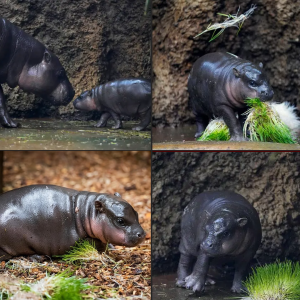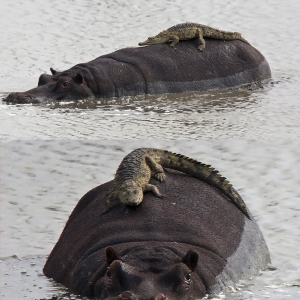Researchers combined several lines of evidence to solve the mystery of why a group of painted ladies, which do not live in South America, were found fluttering on a beach in French Guiana
:focal(2117x1250:2118x1251)/https://tf-cmsv2-smithsonianmag-media.s3.amazonaws.com/filer_public/b0/c3/b0c341da-9979-4fef-8ae7-1865608d7fe4/una_mariposa_cardera_a_punto_de_emprender_el_vuelo_autor_roger_vila.jpg)
Painted ladies are known for making long migrations over land.
Gerard Talavera was walking on a beach in French Guiana in October 2013 when he came across a spectacle that stopped him in his tracks: about ten butterflies fluttering around with tattered wings.
These were not just any butterflies. They were painted ladies (Vanessa cardui), a striking orange, black and white species that’s common around the world, but not usually found in South America. He wondered how the insects traveled so far from their typical range.
Painted ladies regularly migrate up to 9,000 miles from Europe to sub-Saharan Africa. But on that journey, they stop along the way to rest and refuel. Reaching South America would have required crossing the Atlantic Ocean with no respite.
Talavera, an entomologist at the Botanical Institute of Barcelona, and his colleagues have spent the last decade investigating this question. And now, they think they might have the answer.
The butterflies likely made the 2,600-mile trek across the Atlantic from West Africa with help from favorable wind conditions, the researchers report Tuesday in the journal Nature Communications.
“This is a brilliant piece of biological detective work,” says David Lohman, an evolutionary ecologist at the City College of New York who was not involved with the study, to the New York Times’ Monique Brouillette.
/https://tf-cmsv2-smithsonianmag-media.s3.amazonaws.com/filer_public/86/72/86727ab7-3437-42d6-9b6d-16a7e837bfba/una_mariposa_cardera_libando_nectar_de_una_flor_autor_gerard_talavera.jpg) The butterflies were only able to make the trek across the Atlantic with help from the wind.
The butterflies were only able to make the trek across the Atlantic with help from the wind.
Though migrating insects are numerous, they’re difficult for scientists to track. Researchers cannot affix tracking devices like they do with other creatures, because the hardware is often too large and too heavy to be carried by insects’ small, lightweight bodies. They can use radar, but only for monitoring specific regions.
Instead, scientists have historically relied on observations from citizen scientists to piece together insects’ migratory routes. But this method is not perfect and still hinges primarily on educated guesswork.
To figure out how the painted ladies ended up in French Guiana, researchers approached the question from many angles. They looked at weather data for the weeks leading up to the butterflies’ arrival and saw that wind conditions could have supported a voyage from Africa to South America.

They also sequenced the butterflies’ genomes and learned that they were relatives of insects from Africa and Europe, which helped them rule out the possibility that the migrants had flown from North America. In addition, they analyzed isotopes in the butterflies’ wings, which can point to their area of origin—this suggested they were born in western Europe and western Africa.
Providing yet another line of evidence, the team sequenced the DNA of pollen grains stuck to the butterflies’ bodies. This allowed them to identify the plants the creatures had recently visited—Guiera senegalensis and Ziziphus spina-christi, two shrub species that only flower at the end of West Africa’s rainy season.
Taken together, their sleuthing strongly suggests the painted ladies flew across the Atlantic Ocean, a feat that’s never been recorded before.
“Combining these techniques is really helping and is getting us to places where we couldn’t go before,” Talavera tells National Geographic’s Jason Bittel.
The wind was a particularly important factor in the butterflies’ journey, which the scientists estimate took between five and eight days. The same air currents—known as the Saharan Air Layer—are responsible for blowing dust from Africa’s Sahara Desert to South America, where it helps fertilize the Amazon River basin. Sometimes, the dust blows all the way to Florida, where it can temporarily keep hurricanes at bay.

Now, scientists are learning that the Saharan Air Layer could be important for insects, too.
“The butterflies could only have completed this flight using a strategy alternating between active flight, which is costly energetically, and gliding the wind,” says study co-author Eric Toro-Delgado, a biologist at the Institute of Evolutionary Biology in Spain, in a statement. “We estimate that without wind, the butterflies could have flown a maximum of 780 km [485 miles] before consuming all their fat and, therefore, their energy.”





